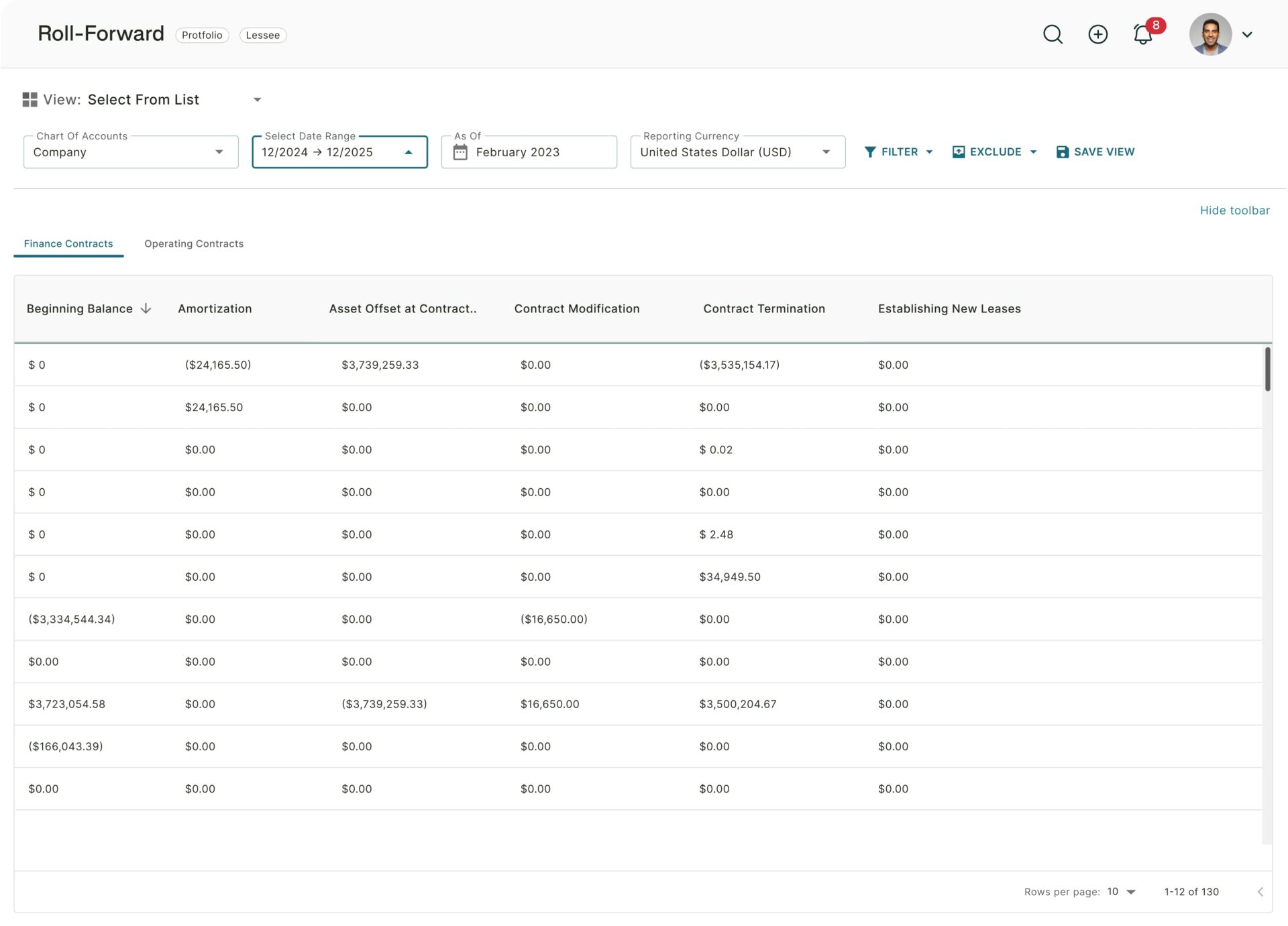New lease accounting rules for governmental entities
Governmental Accounting Standards Board Statement No, 842, commonly referred to as GASB 87, is the new Lease Accounting standard for governmental and educational entities in the United States, published on June 28, 2017. In the past, such entities have reported their leases similar to how private entities reported them under ASC 840. With ASC 840 now defunct and superseded by ASC 842 (read the ASC 842 summary), governmental entities must too start reporting under the new standards detailed in GASB 87.
The new accounting rules specifically detail how companies account for leases – a type of contract permitting use of an asset in exchange for consideration. One common type of lease is the rental lease – which companies use to rent office space.
What is a lease?
To decide whether a contract is indeed a lease, there are two criteria which must be examined – different criteria than those companies need to check for under ASC 842.
The most dramatic departure from ASC 842 is that there is no distinction between operating leases and other types of leases under GASB 87. All types of leases need to be accounted for in a similar fashion, providing they are longer than 12 months and do not transfer ownership of the leased asset.
The first criteria is that the lessee must be able to obtain the service capacity of the asset leased, and the government entity (the lessee) must have the ability to direct the use of that asset.
To recap what a lease is
- Lessee can obtain service capacity of the asset
- Lessee can determine use of the asset
How are lease assets and liabilities calculated under GASB 87?
Calculating lease assets and liabilities under GASB 87 isn’t simple, but in broad strokes it is based on the following formula:
Right-of-use Asset Value = Initial liability + Initial direct costs + Payments before commencement – Incentives
In other words, the value of the leased asset is the sum of liabilities, costs and payments, minus the incentives the lessee has received.
The lease liability, on the other hand, is the total present value of pending payments, using the discount rate as specified in the lease contract.
Lease Liability = total value of payments * discount rate
How does GASB 87 compare to GASB 96?
GASB 96 is similar to GASB 87 in many ways, but it specifically deals with “subscription-based information technology arrangements”. To read more, read our full GASB 96 summary.
When does GASB 87 go into effect?
GASB 87 regulations will go into effect starting June 2021.
Impacts on your organization
The key difference with GASB 87 compared with ASC 840 is that all kinds of leases will now go on balance sheets and impact the income statement. In layman’s terms, before this new regulation, leases were just credit card transactions without ever looking at the bill or credit card balance. Now you have to share that balance. That’s the impact on the financial side.
There’s a little more to it. Another big impact is the amount of data that you’ll be required to collect and manage within lease contracts. For example, under GASB 87, you just cared about start date, end date and payment stream. Under GASB 87, however, you also have to collect incentives, allowances, track options and make judgments involving capital lease testing, interest rates, future assumptions around lease performance and more.
How should my organization prepare?
There’s two things that you need to think about at the highest level. You need to implement the standard, and you need to implement the process. Implementing the standard is understanding the impacts on your organization at an accounting level, controls and processes. The ongoing process is – how am I actually going to produce my journal entries and disclosures moving forward?
The implementation of the standard needs to be done internally or in conjunction with partners that understand your unique business needs and operational environment. On the process side, implementation is usually done in spreadsheets (for 5 or fewer leases). It can also be done in manual entry lease databases, or – to make matters much easier – with AI powered software.
One important thing to note is, choosing the right software tools can make GASB 87 compliance much more straightforward. For example, leveraging AI to read contracts and extract key data – like Trullion does – can help governmental entities shave dozens of hours from their compliance efforts. Compliance is an ongoing project, since new leases are constantly being added and need to be accounted for anew every year. Choosing the right tools is critical.
How can I learn more?
Here are some resources you might find useful.





